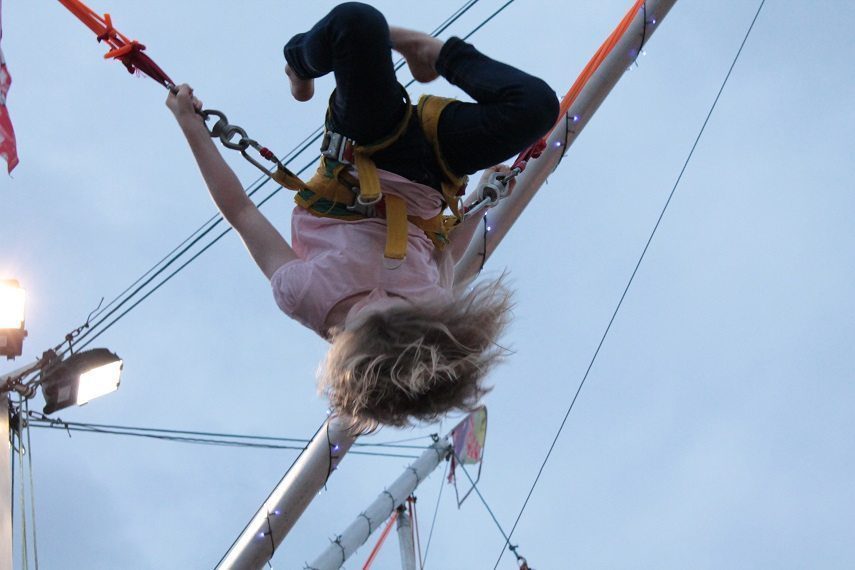[dropcap style=”font-size:100px; color:#992211;”]S[/dropcap]tentorian business types with crushing handshakes and trophywives lament the wishywashiness of modern non-competitive education.
How will aimless activity without clear purpose, objective or conclusion prepare our youth for the realities of adult life?
Meanwhile, the rest of us carry on with our purposeless, objective-free and unconcluded adult lives.
Nearly Friday. Sorta.
While public health authorities focus on the physical activity benefits of active play, a new study from the University of Montreal reveals that for children, playing has no goal – it is an end in itself, an activity that is fun, done alone or with friends, and it represents “an opportunity to experience excitement or pleasure, but also to combat boredom, sadness, fear, or loneliness.”
“By focusing on the physical activity aspect of play, authorities put aside several aspects of play that are beneficial to young people’s emotional and social health,” explains Professor Katherine Frohlich of the university’s Department of Social and Preventive Medicine, who supervised the study.
“Play is a way to achieve various objectives, including the improvement of physical health and the development of cognitive and social aptitudes. Obviously, we must ensure children’s development and combat obesity. But to get there, must we distort play?”
The study involved a photography and interview project with 25 Montreal area children, aged 7 to 11 years, as they photographed and talked about their favourite ways to play. One 10 year old girl loved climbing on a modern art sculpture near her home, for example. “Play is an activity that brings pleasure and is purposeless,”  explained the study’s first author Dr. Stephanie Alexander, also of the university’s Department of Social and Preventive Medicine. Children’s photographs of their leisure activities show that sports are well represented – balls, bicycles, hockey, and baseball – but so are many sedentary activities, such as puzzles, knitting, reading, movies, and video games. Animals and pets were also photographed by many.
explained the study’s first author Dr. Stephanie Alexander, also of the university’s Department of Social and Preventive Medicine. Children’s photographs of their leisure activities show that sports are well represented – balls, bicycles, hockey, and baseball – but so are many sedentary activities, such as puzzles, knitting, reading, movies, and video games. Animals and pets were also photographed by many.
The semi-structured interviews allowed Alexander to better understand the meaning of play for the children.
“Play reframed as a way for improving physical health removes the spontaneity, fun, and freedom in children’s play, which is also important for their well-being,” Alexander said. “Active play alone does not make up many children’s preferences.” It is also clear that risk-taking is an integral part of children’s play preferences. “Allowing children to take acceptable risks while remaining vigilant is indeed beneficial to their development,” Alexander added. “An overemphasis on safety may contribute to the emergence of a generation of young people that is less and less able to cope with the unpredictable.”
In summary, the researchers identified four dimensions of play particularly important to children: play as an end in itself (children play for fun, not for exercise or for developing their mental and social skills); play isn’t necessarily active (many children also enjoy more sedentary games); children feel ambiguous about scheduled play activities (children have little time for free play); and risk is considered a pleasurable component of their play.
“Despite the abundance of messages targeting children and play and health, children’s perspectives are rarely taken into account within public health, although they have social and scientific value,” Frohlich said. “We hope that our findings will inform and improve the way authorities and indeed parents approach playtime.”
Source: University of Montreal
Photo: Sean Keenan

Some of the news that we find inspiring, diverting, wrong or so very right.



















